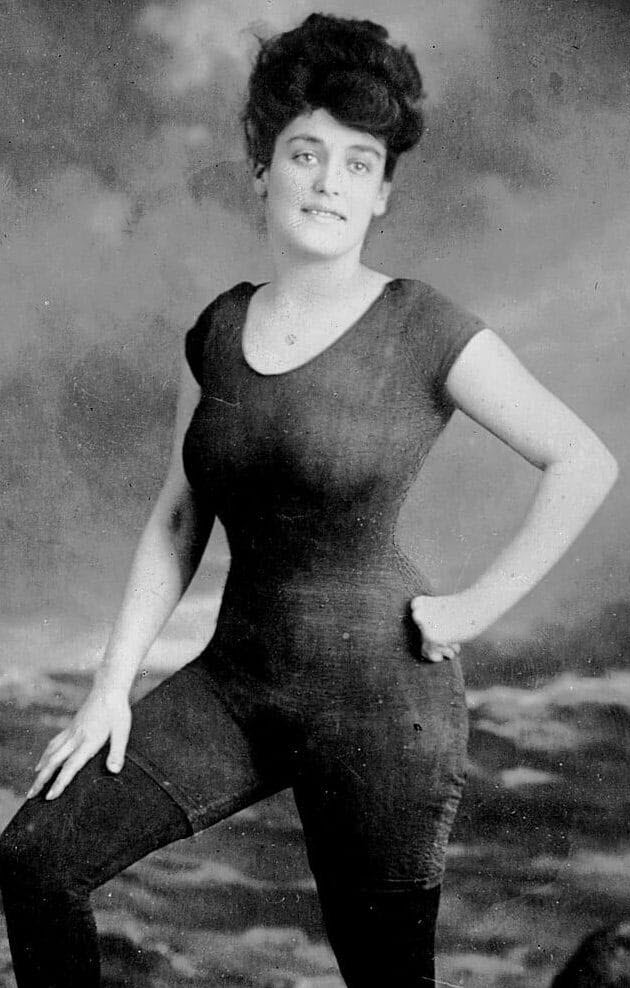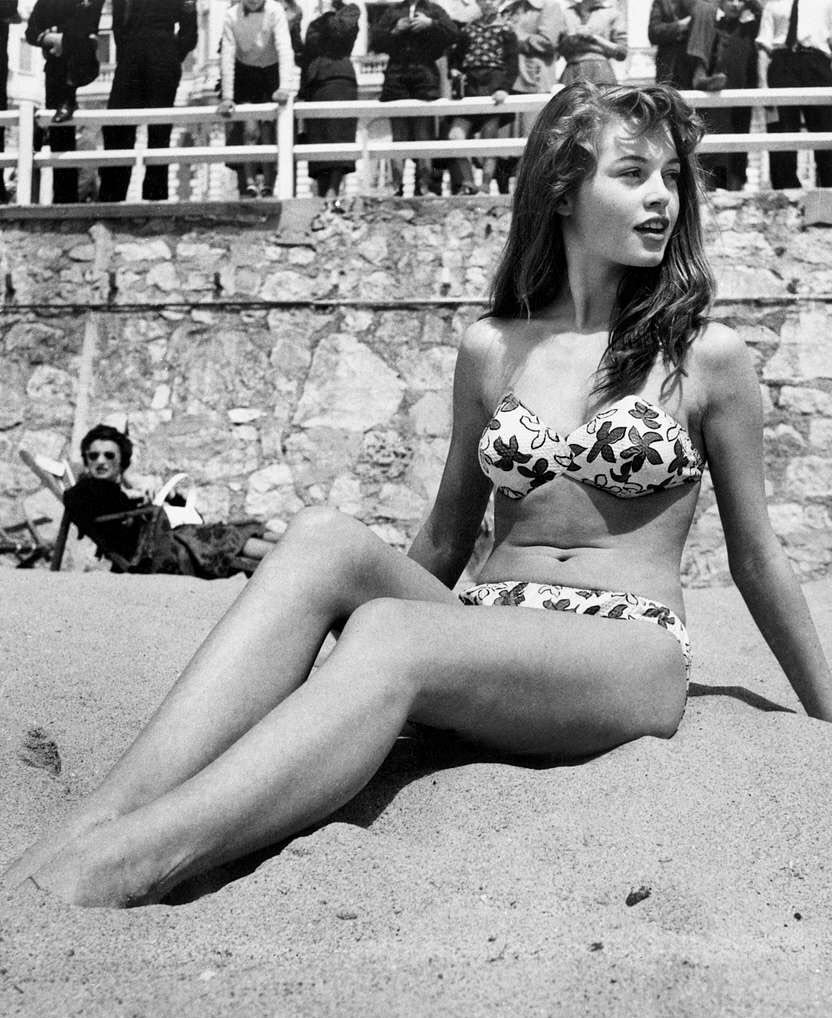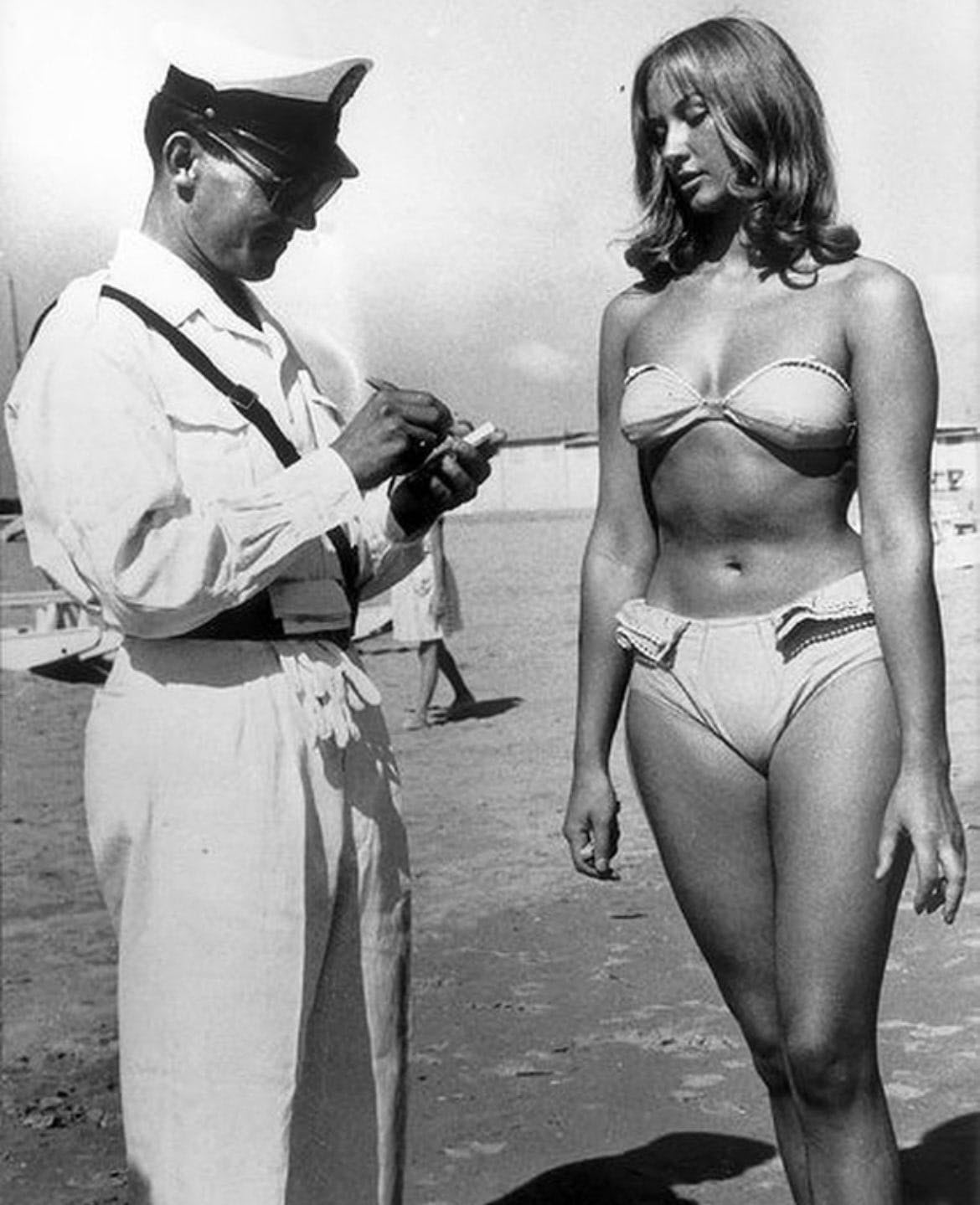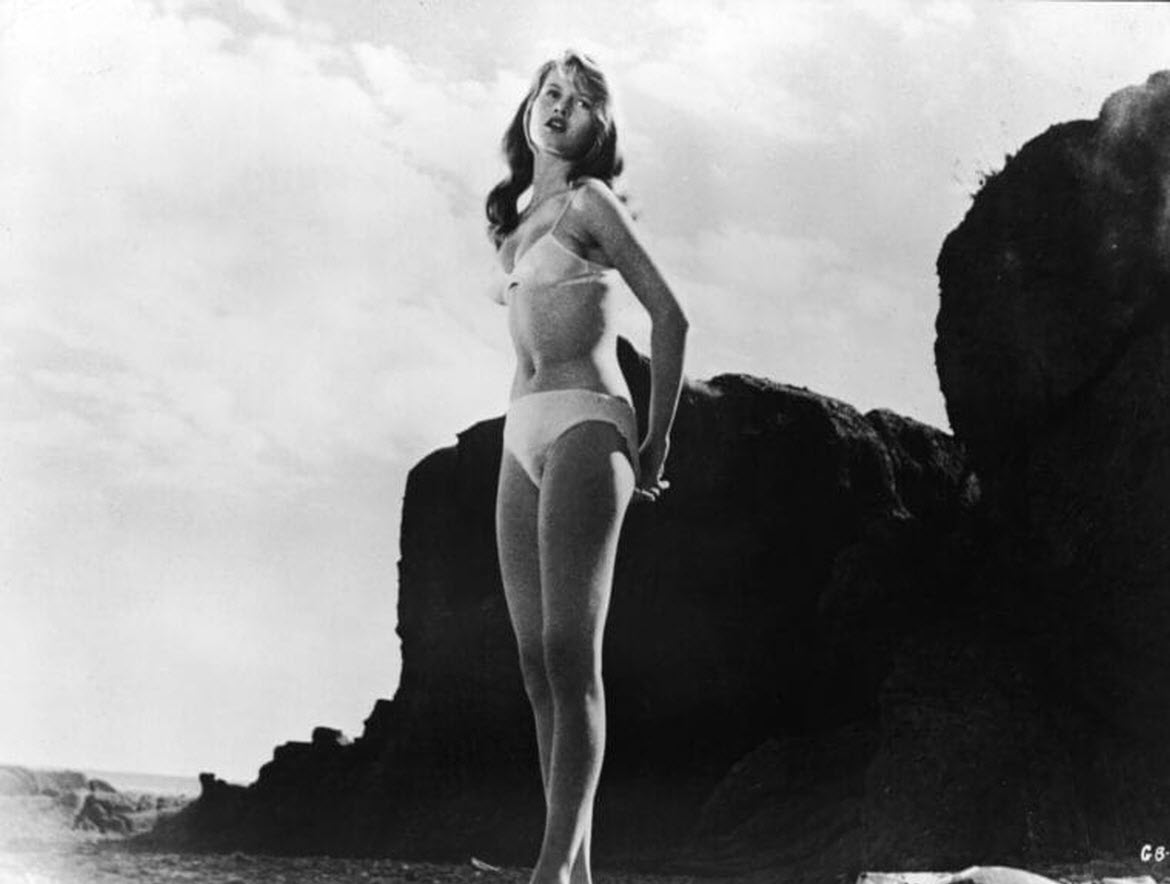When we go to the beach, we’re used to seeing women in bikinis. They’re a normal part of beach fashion, but it wasn’t always that way. For many years, women who dared to wear bikinis risked the wrath of those on the beach that day. They wanted the freedom of being able to wear less clothing when they went out, but their freedoms were often limited.
However, there were women who stepped forward and paved the way for the swimsuits we see on the beach today. They may not have been the same as they are today, but they were bikinis nonetheless.

At the beginning of the 20th century, women’s swimsuits were very different from what we see on the beach today. They were full-body garments made of wool that protected bathers from the sun. They were also considered very modest.
Dress codes were very strict in the early 20th century, and one book on pop culture from the era said that tailors were even hired to make adjustments on the spot if a swimsuit was too revealing. The same is true in other areas.
At the beginning of the 20th century, both men and women were expected to wear outfits that covered everything from the neck to the knees. If any skin was exposed, it could cause a scandal.

Annette Kellerman, an Australian swimmer, was about to change things in 1907. She challenged what was considered normal by wearing a one-piece swimsuit that exposed her neck, legs, and arms. She was nicknamed “The Australian Mermaid” for her swimming prowess and challenged the way swimsuits should be worn.
She even said she was arrested for wearing an outfit the police deemed indecent, but this has not been confirmed. Her boldness in wearing these immodest garments on the beach undoubtedly paved the way for change.
In the 1920s, flappers were all the rage, and it wasn’t just what was worn at night; it also began to be seen on the beach. In California, women began showing up on the beach in swimsuits they could actually wear.
In 1946, the bikini was officially born. Designed by Louis Réard, a French engineer, it was a two-piece swimsuit that left the navel and much of the skin exposed. Before its introduction in the U.S., a nuclear test was conducted at Bikini Atoll.
Louis Réard never explained why he named the swimsuit that way, but many thought it was due to the explosion and that he hoped it would have an explosive impact. Others said the name had to do with the Pacific and its exotic appeal.

Many beaches immediately banned the bikini, considering it a rebellious choice for swimwear. It remained banned until the 1970s in many areas.
Pope Pius XII declared the bikini sinful, and several countries banned it. This also led to Australian model Ann Ferguson being forced to leave Surfers Paradise beach in 1952 because of her bikini.
An Italian photograph has also stood the test of time and is often considered compelling evidence that a debate existed. It’s a black and white image showing a man in a white uniform writing what appears to be a fine to a young woman in a bikini on the beach.

It’s long been rumored that she got into trouble for wearing a bikini, but it has yet to be proven. The photo, however, is authentic.
Hollywood also influenced the 1960s, when bikinis began to become popular as swimwear. Although they appeared on screen and on the beach at that time, there was still some controversy surrounding them. In some cases, two-piece swimsuits were allowed, but the navel was not allowed to be exposed.
Today, swimwear fashion isn’t about social norms. Rather, it’s about choice, and modest one-piece swimsuits still exist, but string bikinis and thongs are also popular.